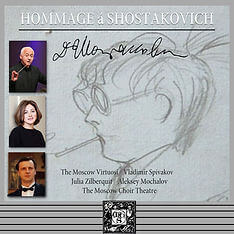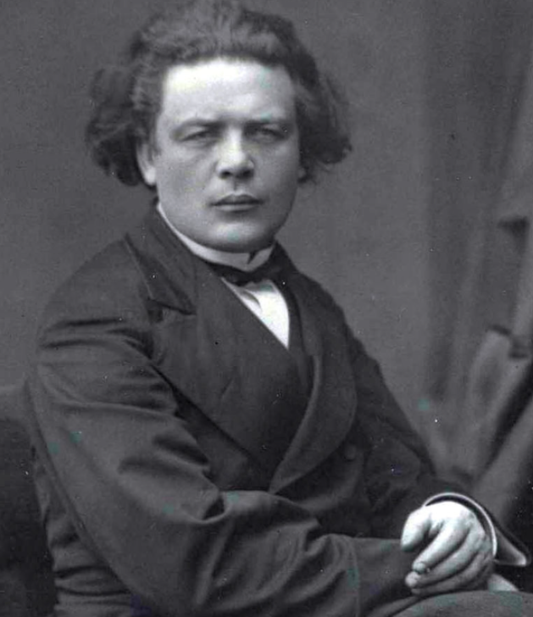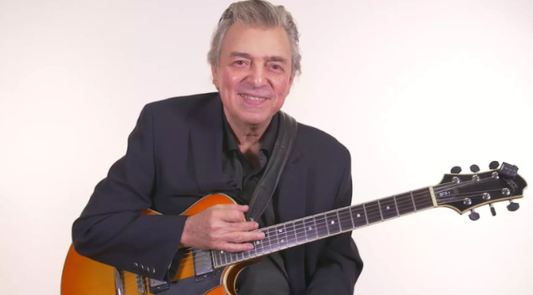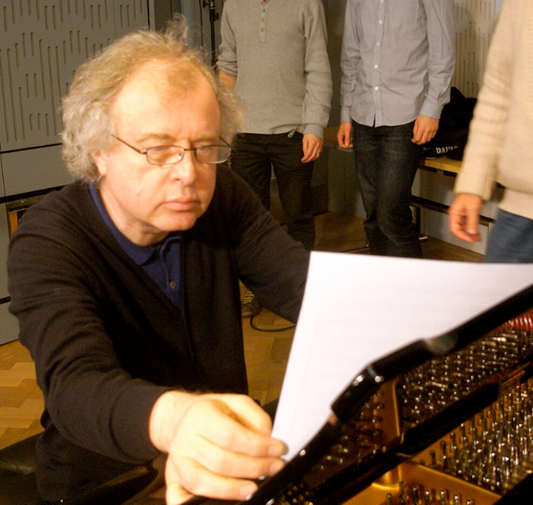Collection: DMITRI SHOSTAKOVICH (1906-1975)
Dmitri Dmitriyevich Shostakovich (1906-1975) stands as one of the towering, yet most profoundly complex, figures of 20th-century music. His life and prolific output were inextricably bound to the turbulent history of the Soviet Union, forcing him into a precarious dance between artistic integrity and political survival. His music, often characterized by its stark contrasts – grotesque humor juxtaposed with deep tragedy, bombastic marches giving way to intimate introspection – reflects the anxieties, pressures, and resilience of an individual navigating a totalitarian regime.
Born in St. Petersburg, Shostakovich was a child prodigy. He entered the Petrograd Conservatory at thirteen, dazzling professors with his pianistic and compositional talents. His career launched spectacularly with his First Symphony (1925), composed as a graduation piece. This vibrant, modernist work brought him international acclaim while still in his teens, marking him as a significant new voice.
The ensuing years saw Shostakovich embrace the avant-garde spirit of the early Soviet era, composing experimental works like the opera The Nose and the provocative, highly successful opera Lady Macbeth of the Mtsensk District. However, this period of relative artistic freedom came to an abrupt and terrifying end in 1936. After Joseph Stalin attended a performance of Lady Macbeth, a scathing editorial titled "Muddle Instead of Music" appeared in the official newspaper Pravda. Denouncing the opera as "formalist" and chaotic, it served as a public condemnation and a thinly veiled threat.
This event became a defining moment. Shostakovich, fearing for his life and career, withdrew his adventurous Fourth Symphony. His response came with the Fifth Symphony (1937), subtitled "A Soviet Artist's Practical Creative Reply to Just Criticism." Outwardly conforming to the demands for accessible, heroic music, the symphony achieved enormous success and seemingly rehabilitated the composer. Yet, many listeners then and now perceive coded layers of dissent, forced rejoicing, and profound tragedy beneath its surface – an ambiguity that would characterize much of his subsequent work.
During World War II, Shostakovich achieved renewed prominence as a patriotic figure, particularly with his monumental Seventh Symphony ("Leningrad"). Composed largely during the devastating Siege of Leningrad, it became a powerful international symbol of resistance against Nazism.
However, the post-war years brought another wave of political persecution. In 1948, under the Zhdanov Doctrine, Shostakovich was again denounced for "formalism" alongside other leading composers. He was stripped of teaching positions and forced into public acts of repentance. During this period, he composed "for the desk drawer" – works like the searing First Violin Concerto and the song cycle From Jewish Folk Poetry, deemed too personal or politically risky for public performance – while producing officially sanctioned film scores and patriotic cantatas to maintain his standing.
Following Stalin's death in 1953, a gradual "thaw" allowed for greater artistic freedom. Shostakovich premiered many previously suppressed works. His Tenth Symphony, composed shortly after Stalin's death, is often interpreted as a dark, brooding portrayal of the dictator and the era of terror. Despite the thaw, Shostakovich's relationship with the authorities remained complex; his reluctant decision to join the Communist Party in 1960 is still debated – seen by some as a necessary compromise, by others as a capitulation.
In his later years, plagued by ill health, Shostakovich focused increasingly on chamber music, particularly his cycle of fifteen string quartets. Often deeply personal and confessional, these works are considered a private diary, exploring themes of suffering, mortality, and defiance, frequently incorporating his musical monogram, DSCH (D, E-flat, C, B in German notation).
Dmitri Shostakovich left behind a vast legacy: 15 symphonies, 15 string quartets, operas, concertos, film scores, and piano works. His music continues to resonate powerfully, valued not only for its technical mastery and emotional depth but also as a profound, often harrowing, testament to the enduring power of the human spirit under duress. He remains a compelling enigma, a composer whose notes echo the intricate counterpoint between art, life, and the relentless pressure of history.





